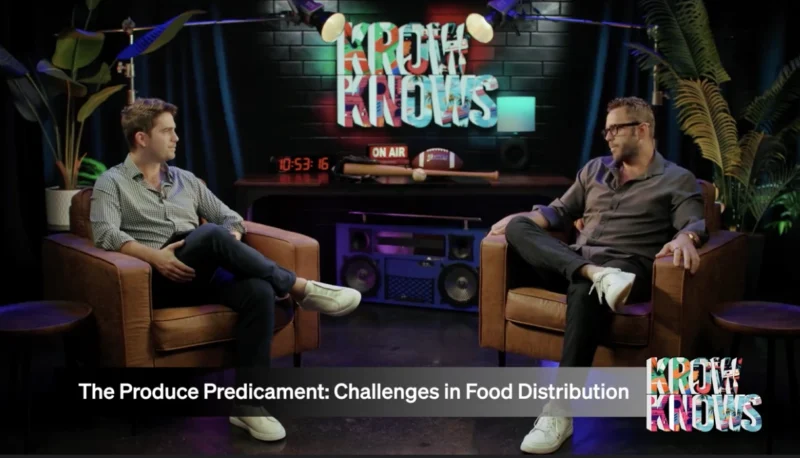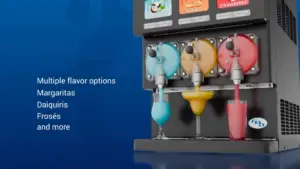What Will COVID-19’s Lasting Impact on Foodservice Be?
The spread of the novel coronavirus and the ensuing COVID-19 pandemic have caused dramatic shifts in every corner of our global society – and foodservice is no exception.
Even now, as diners trickle back into physical restaurants and dine in under social distancing regulations, some of the long-term ripple effects of this unprecedented period of uncertainty are starting to become apparent.
So, how will foodservice be changed as we enter the post-pandemic new normal?
Let’s explore some key trends likely to pop up as the world’s restaurants, c-stores and more prepare for the future of foodservice.
– The Rise of Ghost Kitchens and Contactless Pickup and Delivery
“Ghost kitchens,” or those operating solely for the purpose of pickup and delivery, could see a continued role even after the pandemic draws to a close. Chains like Chipotle have already taken steps to divide preparation of food for to-go orders and in-house diners, and more restaurants could follow suit. This could help keep up with more likely demand for pickup and delivery options, particularly of the contactless variety, as consumers have become reliant on these methods in the past few months and will most likely incorporate them into their permanent dining habits.
– A Potential Push Toward Limited Menus and Old Favorites
With operational expenses and efficiency at the forefront and limited menus already a reality to better account for sanitization efforts, restaurants’ focus on providing a smaller menu could persist. Consumers are also likely to fall back on comfort foods that make them feel safer as in-person dining ramps up, so it may not be the time for experimentation.
– A Step Back From Sustainability in the Short Term
Sustainable hasn’t always meant cost-effective, and restaurants and c-stores are looking for every potential saved dollar. While overall trends toward sustainability will eventually win out, we could see a brief return to fewer plant-based options and sustainable operational efforts over the short term.
– Increasing Contactless Options at C-Stores and More
Grab-and-go areas, contactless payment, mobile apps and other initiatives aimed at reducing touchpoints in foodservice will likely continue enjoying a boon – and they also bring the added bonus of helping foodservice operations reduce labor costs during a time when labor management and expenses have been thrust to the forefront. Vending machines, particularly those that are IoT-enabled, could play a large role in this effort.
– Expanded Sanitization and Cleaning Behaviors
The measures put in place to clean and disinfect restaurants and curtail the spread of the virus will likely be required moving forward, as consumers want as much peace of mind as possible when dining out. Sanitization and disinfection routines will likely stay on the books well beyond the reopening of our global society, and restaurants that don’t practice thorough-enough measures will fall behind.
– An Emphasis on Supply Chain Security and Visibility
This period of uncertainty exposed many a gap in supply chain management and visibility, and smart foodservice owners and operators won’t allow that to happen again. Moving forward, thorough visibility into every aspect of the supply chain and more robust contingency plans will be the new norm, allowing restaurants to better navigate future potential disruptions.
These trends are just the tip of the iceberg, as the COVID-19 pandemic will likely alter the foodservice landscape in ways we haven’t even envisioned to this point.
To keep up with the latest in vending, foodservice and more, visit https://www.vendoco.com/blog.









